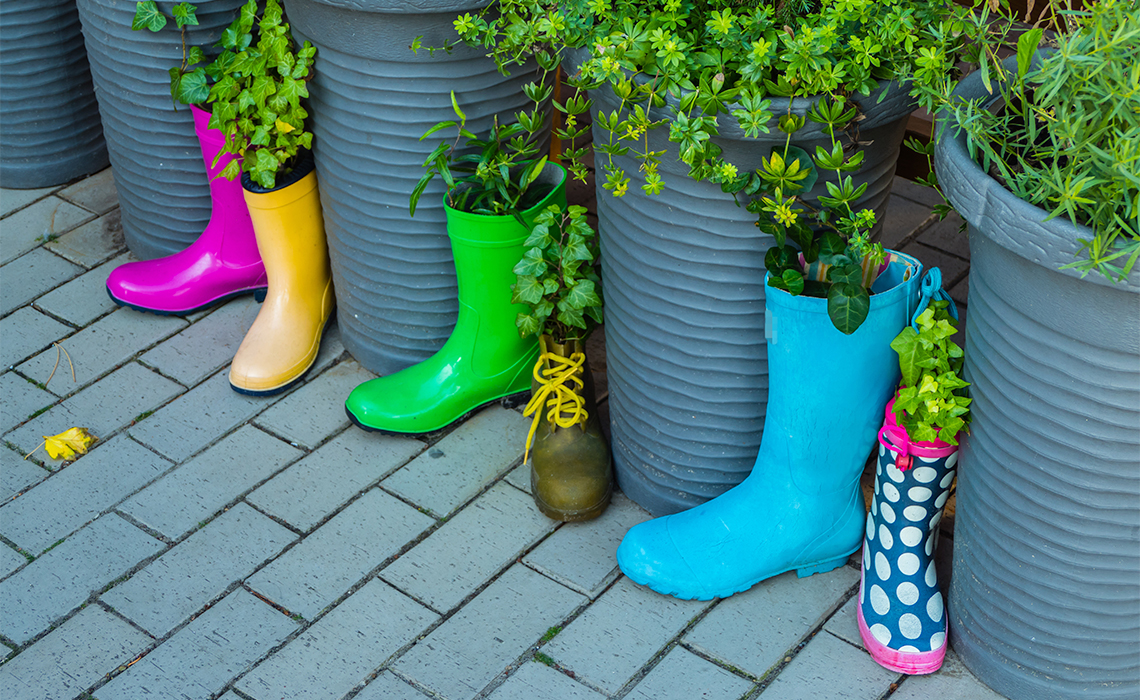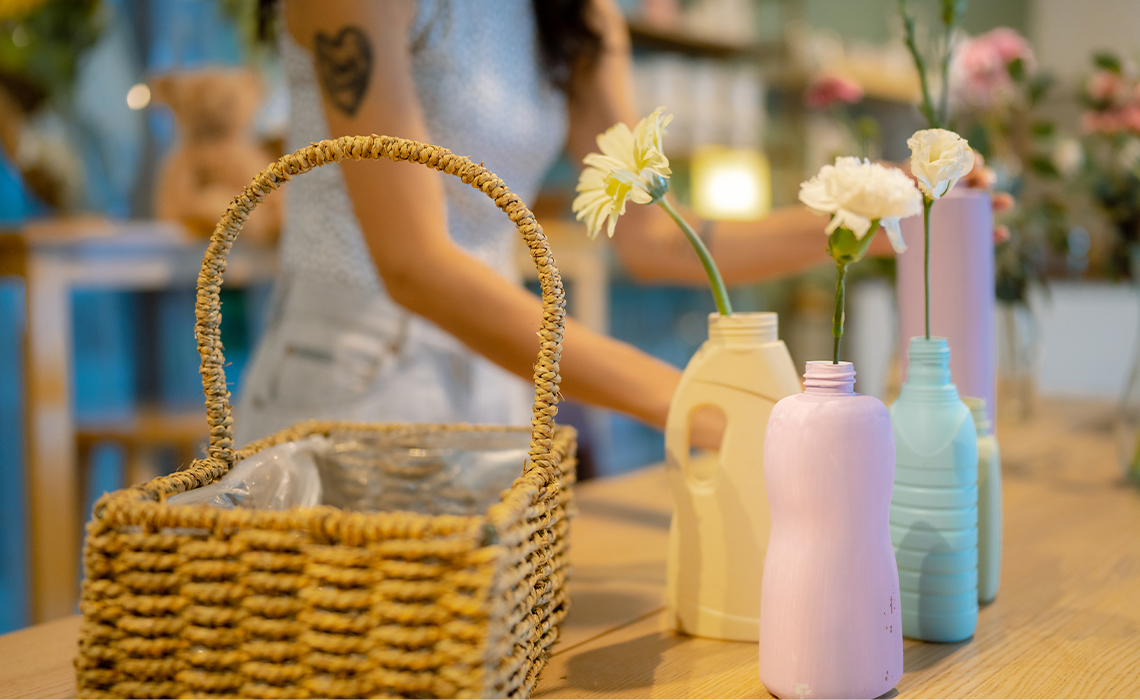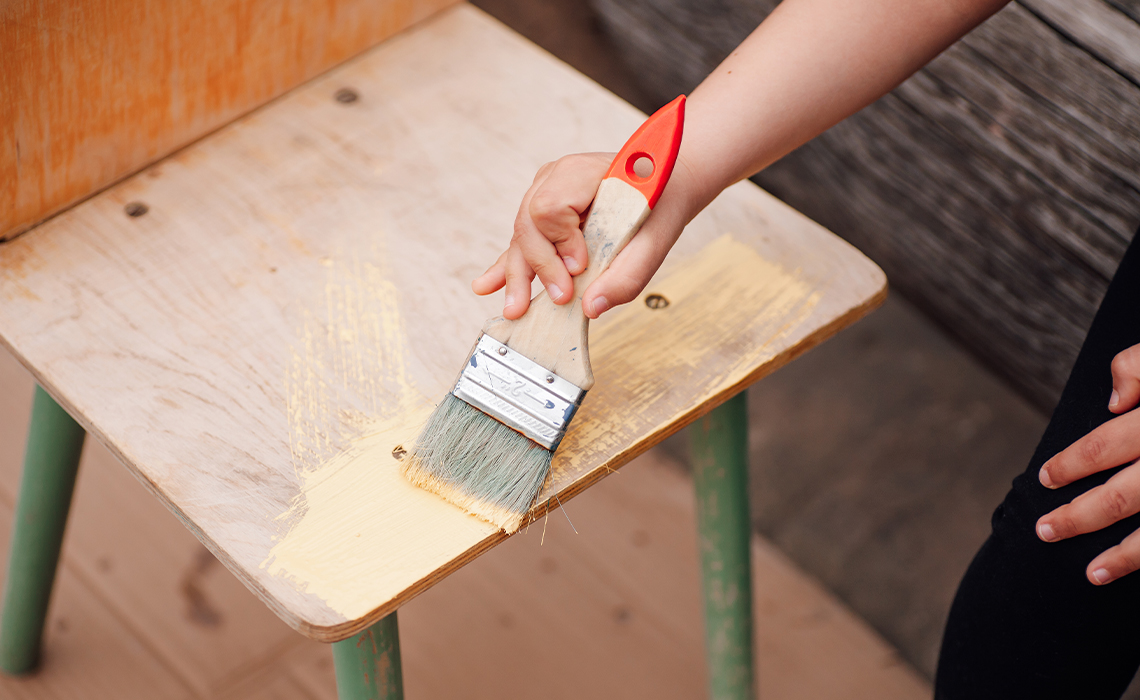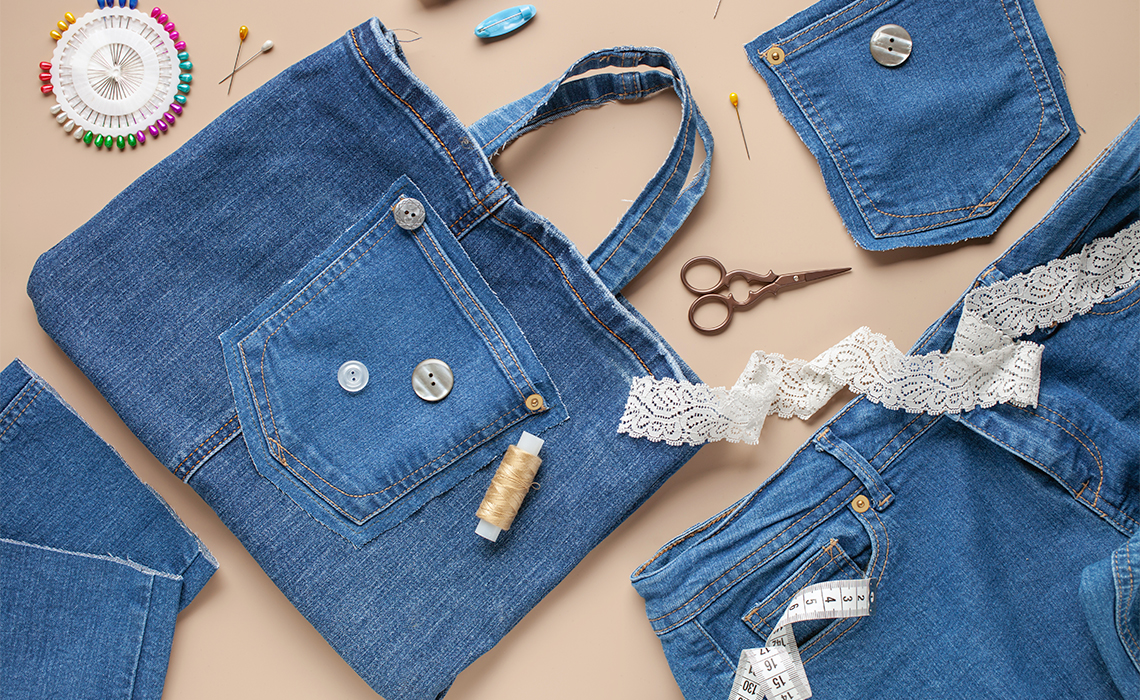Minds On
Sorting waste

This row of trash bins is organized by four different types of waste: Organics, Garbage, Mixed Containers, and Paper.
Why are there separate bins for throwing out different types of waste?
Many waste disposals are set up to accept four types of trash: Organics, Garbage, Mixed Containers, and Paper.
Create a list of three different items that should be thrown away into each of these types of bins. Include any questions you might have about the process.
Complete the Trash Sorting in your notebook or using the following fillable and printable document. If you would like, you can use speech-to-text or audio recording tools to record your thoughts.
| Type of garbage bin | Items that can be thrown out here |
|---|---|
| Organics |
|
| Garbage |
|
| Mixed containers |
|
| Paper |
|
Press the ‘Activity’ button to access Trash Sorting.
Action
Disposal methods

There are four different bins labelled garbage, organics, mixed containers, and paper. In the garbage bin we throw items such as Styrofoam cups, plastic wrap, and foam packing. In the organics bin we throw items such as apple cores, banana peel, and eggshells. In the mixed containers bin, we throw items such as yogurt containers, pop cans, and plastic bottle. In the paper bin we throw items such as sheets of paper and newspaper.
As described in the Minds On activity, items often get disposed of differently.
Each of these items are transported to each facility, processed and redistributed by a variety of different people. Sanitation workers, plant operators, mechanics are only a few of the jobs that are important to help us dispose of, recycle and reuse waste.
Press the following tabs to learn more about the different types of disposal methods.
Landfills
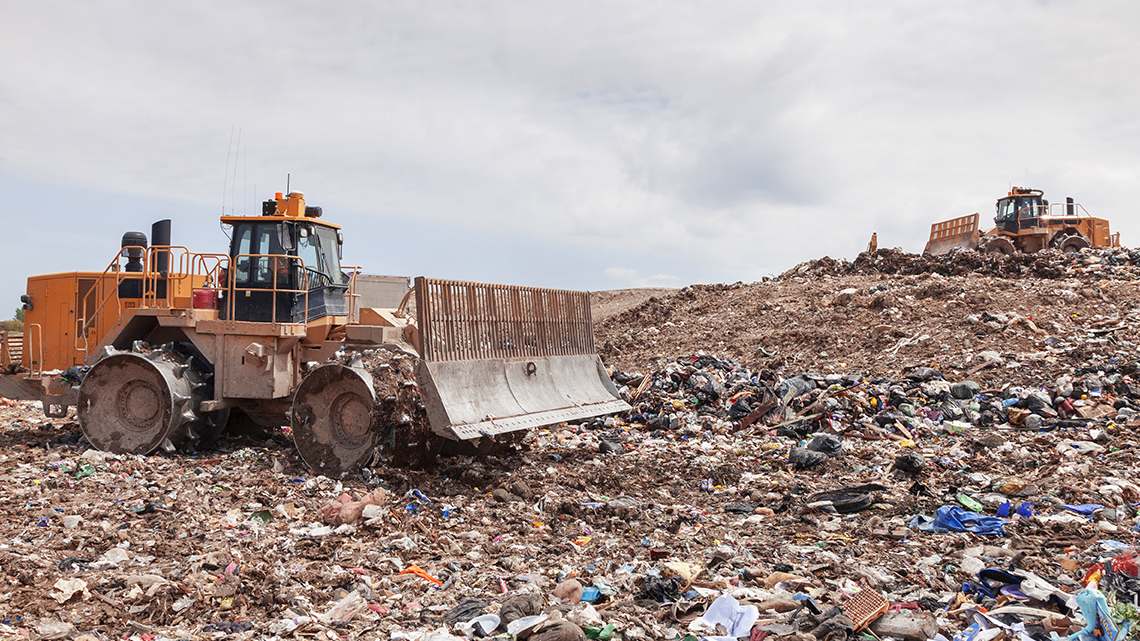
Garbage is removed by sanitation workers and taken to landfills. Many of the materials that end up in landfills do not break down for many years.
Investigate
Investigate
Make a prediction!
Based on what you have learned about how long it takes different products to biodegrade or break down, select:
- 1 organic item
- 1 plastic item
- 1 paper item
How long do you think each will take to break down or decompose? Explain your thoughts and record using a method of your choice.
Click the Infographic button to explore how long it takes for food packaging to break down or biodegrade compared to a banana peel.
![[Text for infographic] A banana takes 2.5 weeks. A paper milk carton takes 3 months. A plastic grocery bag takes 50 years. A can of pop takes 80-100 years. A plastic water bottle takes 450 years.](../assets/img/scgl5_04.210.svg)
This infographic demonstrates the amount of time it takes for various types of food packaging to biodegrade. From left to right the graph displays the following amounts: A banana takes the least amount of time – 2.5 weeks; a paper milk carton takes 3 months; a plastic grocery bag takes 50 years; a can of pop takes 80-100 years; a plastic water bottle takes 450 years.
What do you notice about the different examples?
Is there anything about this information that surprised you?
How close were your predictions?
This garbage in the landfill affects people, animals and the environment. Some of the negative effects may include:
- an increase in temperature caused by the gases released by the items
- fires caused by the release of gases into the air
- pollution in the water and soil in the area
So, what is being done right now to address this issue?
Global connection
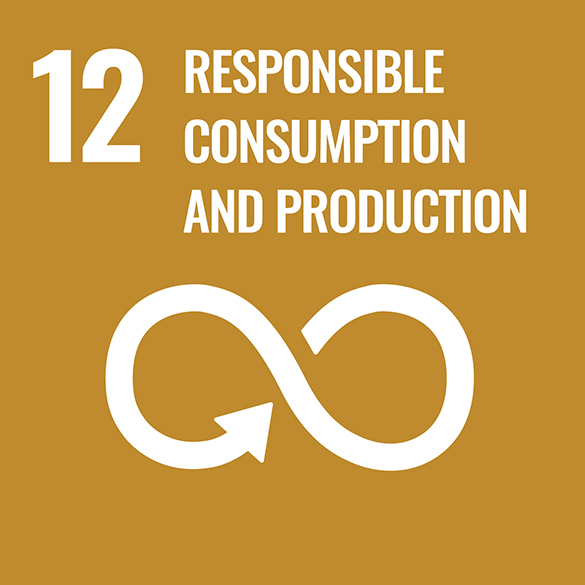
The United Nations (UN) is a group of many countries from around the world that have come together to create a better future for people and the environment. They have created 17 goals called the Sustainable Development Goals.
This learning activity is connected to Goal #12: Responsible Consumption and Production. This means everyone should ensure sustainable consumption and production patterns. Sustainable consumption and production will ensure efficiency, economic growth, and help the environment.
Examine the following examples of sustainable practices. How does each support sustainable consumption and production (I.e., saves energy, protects the environment, limits waste etc.)?
Record your ideas using a method of your choice.
Sustainable practices
Did You Know?
Did you know?
This diagram shows where the processing of organic waste begins (#1) and cycles through the process (#2-#6) all the way back around to the creation of organic waste again.

This circular model infographic demonstrates how waste can be used to fuel trucks. In step one organic waste is produced. In step two the organic waste is collected. In step three organic waste is processed through anaerobic digestion. In step four the biogas produced from processing organics is upgraded to renewable natural gas. In step five the renewable natural gas is injected into the natural gas grid. In step six the low carbon fuel is used to fuel vehicles and heat facilities.
Some waste management facilities are trying to create renewable natural gas from organics. The equipment used takes raw biogas and turns it into renewable natural gas that can be used for fuel or heat.
Let’s explore one type of process where organics are transformed into fertilizer.
Who are some of the people in skilled trade jobs mentioned that are important in the process of turning organic waste to fertilizer?
Why might this process be an important part of protecting the environment?
Climate neutral
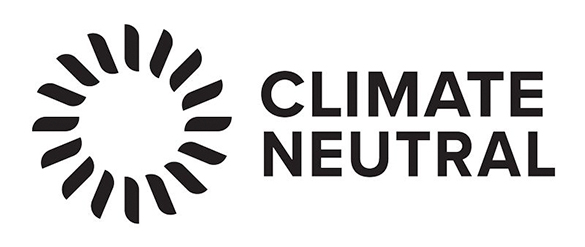
Some companies are starting to change the way they manufacture and deliver their products to be more environmentally friendly and produce less waste.
They might consider:
- choosing electricity instead of natural gas, whenever possible
- using cars, buses, trains or bikes as a way to deliver instead of using airplanes
- using local ingredients to create their product
- using boxes that were created without negatively affecting the environment. One example is FSC (Forestry Stewardship Council) certified boxes
- creating their boxes using recycled materials with the possibility that the boxes can be reused or upcycled
All of these actions can help a company achieve what is called climate neutral certification.
Press Climate neutral to access the definition for this term.
A company is considered carbon neutral if they release no more carbon dioxide into the atmosphere (through manufacturing, transportation etc.) than they absorb or remove from the atmosphere.
Upcycling
Upcycling is the action of taking something that is no longer being used and turning it into something new. People will take used household items, found items and recycled items and give them a new purpose.
For example, someone might paint and decorate an old table, or create a planter out of old boots. They might use a cardboard box and turn it into a storage container or patch rips in a pair of jeans.
Explore the following examples of upcycling.
Consolidation
Upcycling design

If you could upcycle any item, what would you create?
Identify your item and consider how you might upcycle it to give a different purpose.
Create a design plan.
Complete the My Upcycling Design in your notebook or using the following fillable and printable document. If you would like, you can use speech-to-text or audio recording tools to record your thoughts.
| Item: |
|---|
| Design: |
Press the ‘Activity’ button to access My Upcycling Design.
Student Success
Think-Pair-Share
How is upcycling a way that we can help eliminate waste and support the environment?
Have you discovered any new ways that you could help eliminate waste and support the environment?
Consider some of the skilled trades in waste management (i.e., sanitation worker, compost operation mechanic etc.) Why are these roles important?
Share your thoughts with partner, if possible.
Reflection
As you read through these descriptions, which sentence best describes how you are feeling about your understanding of this learning activity? Press the button that is beside this sentence.
I feel…
Now, record your ideas using a voice recorder, speech-to-text, or writing tool.




